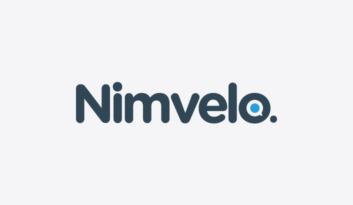PBX is a legacy abbreviation that stands for Private Branch Exchange. It takes back to the days of fixed phone lines, when businesses would effectively install a mini-exchange to handle their own lines. One typical example is a hotel, where telephones are installed in each room, in reception and in the various departments and facilities.
Now, the term PBX has carried over into Voice over IP (VoIP) telephony. Using VoIP, you can set up a virtual PBX that offers similar features to the traditional PBX but with much more efficient deployment and management.
Advantages
The old-fashioned PBX is a hard-wired phone system that gave the business multiple telephone lines and an internal switchboard. Calls would be routed manually by a PBX operator.
As the technology evolved, this routing could be automated, but the PBX was still a fairly cumbersome product to run. If an extension had to be added or removed from the legacy PBX, an engineer would be called to make the necessary hardware changes.
With VoIP, the PBX is virtualised, so it is software based and runs over the existing Internet Protocol (IP) network. Calls can be routed to any number of extensions, and extensions can be instantly added and removed from the PBX without the need to add hardware or cables. This ensures customers always get a fast response.
Each extension can forward calls, ring handsets or route through to computer softphones, and companies can use the same menus and hold music they have used in the past.
The virtual PBX can also connect through to mobile phones, compatible SIM cards and voice mailboxes. The system can ring multiple extensions at the same time, or ring extensions in turn, ensuring no call goes unanswered. To comply with regulations, or ensure all call handlers are offering quality of service, calls can be recorded and played back digitally.
Managing a Virtual PBX
When changes are necessary, the business simply logs on to its VoIP control panel and deploys new extensions or settings. Users can also manage their own lines from their desk, setting their phones to voicemail when they step out so that the phones are not left ringing out to the frustration of customers.
Dos and Don’ts
It’s important to use the PBX to achieve clear goals that are designed with the customer in mind. For example, you may want to route calls more efficiently to mobile devices rather than desks. You may also want to ensure no call goes unanswered by ringing several numbers in a group. Think about the location of your employees and the devices they use, then engineer a system to help customers get through to them efficiently.
Also, avoid the temptation to over-engineer your PBX, or introduce lots of selections and menus. Customers generally prefer to get through quickly, rather than interacting with very detailed menus. The simpler the system is, the easier it will be to manage, and the more efficient the virtual PBX will be at serving your customers.

